The Battle of Gettysburg was fought from July 1-3, in 1863, in Gettysburg, Pennsylvania. This battle had the most casualties of the entire Civil War, and is often looked at as the war's turning point. This is because for a long time, the South had been in control. Both sides fought long and hard, the Union army being led by George G. Meade, and the Confederates by Robert E. Lee. General Joseph Hooker started the pursuit of the Confederates, but was relieved of his duty 3 days before the battle and replaced by Meade. After 3 days of fighting and death, the Union came out with a victory. The main reason for the South's lose was a battle strategy referred to as Pickett's Charge. On July 3rd around 12,500 Confederate soldiers charged in on low ground, in the middle of an open field planning on assaulting the center of the Union line on Cemetery Ridge. The charge was met by Union artillery fire, and Lee's retreat back to Virginia. In November, President Lincoln presented the Gettysburg Address that honored the fallen, and helped redefine the sole purpose of the war.
Lincoln giving his speech, the Gettysburg Address
Two months later, on September 19-20, 1863, the Battle of Chickamauga broke out. Though both sides fought hard, Union General William Rosecrans ended up losing to Confederate General Braxton Bragg. The Battle of Chickamauga was a very significant Union lose because it marked the end of there offensive called the Chickamauga Campaign. The Battle of Chickamauga would eventually lead to General William T. Sherman's Atlanta Campaign.
 |
| The Battle of Chickamauga had the second most casualties of the war. |
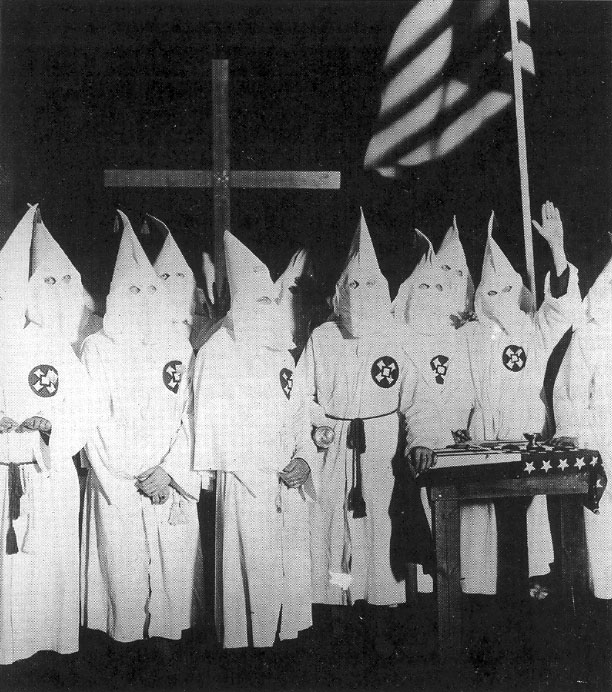
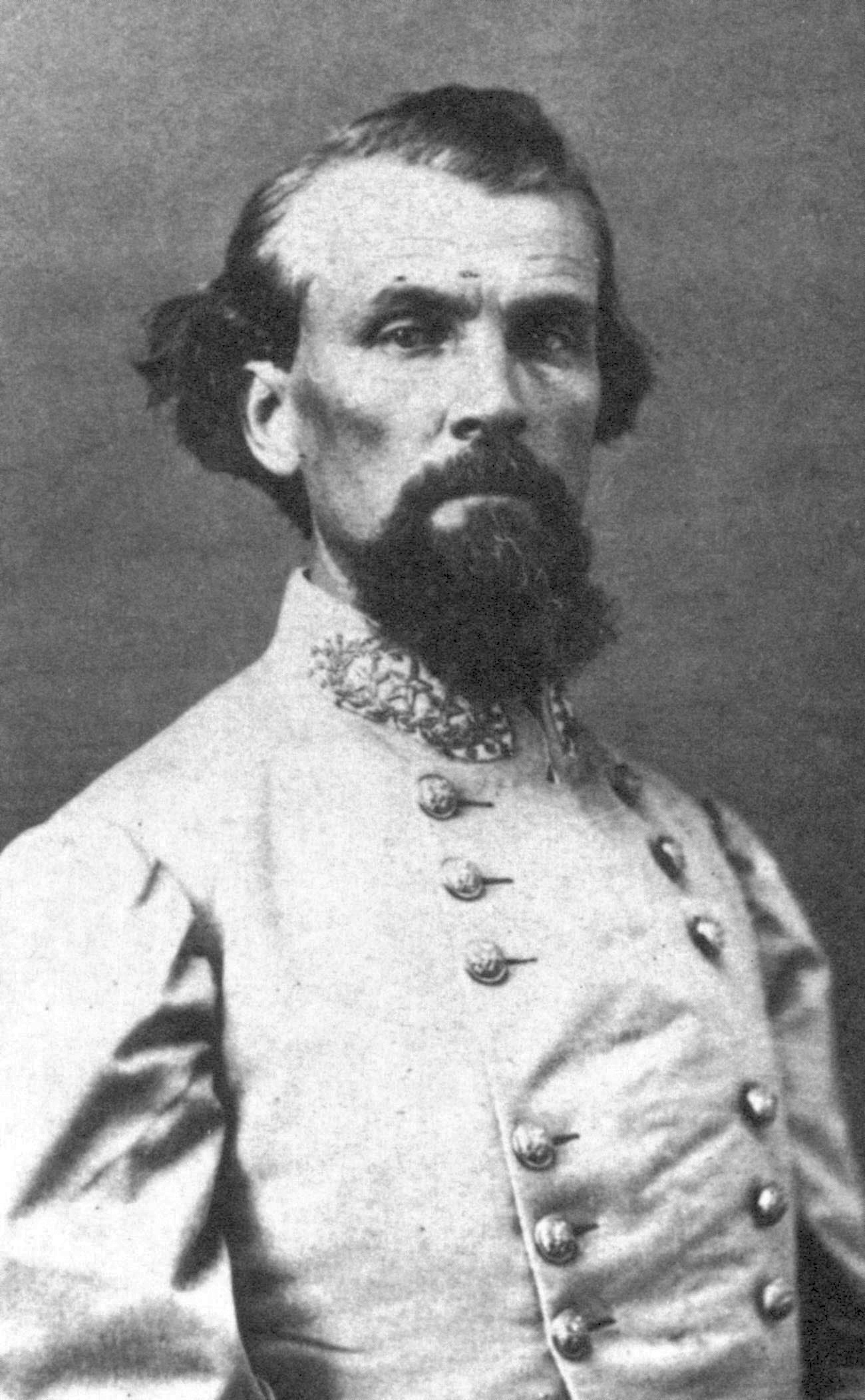










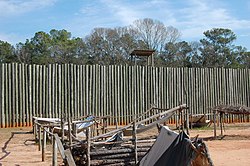
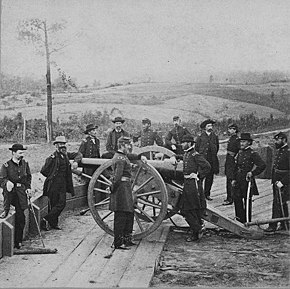

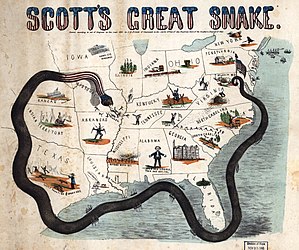

 Slavery. Slavery was one of the main reasons for the start of the Civil War. The states in the north (Union) were against slavery and were trying to abolish it, whereas the southern states (Confederacy) were pro-slavery and needed slaves to work the plantations. Slaves lived in pretty bad conditions and weren't treated any better. Whole families were shoved into tiny, dirty shacks and only got small portions of food. Many slaves would sneak away and try to catch the Underground Railroad system when it past through there town. The Underground Railroad was a railway of safe houses on secret routes that helped the slaves escape to free states or to Canada. It was all directed by, Union spy, Harriet Tubman.
Slavery. Slavery was one of the main reasons for the start of the Civil War. The states in the north (Union) were against slavery and were trying to abolish it, whereas the southern states (Confederacy) were pro-slavery and needed slaves to work the plantations. Slaves lived in pretty bad conditions and weren't treated any better. Whole families were shoved into tiny, dirty shacks and only got small portions of food. Many slaves would sneak away and try to catch the Underground Railroad system when it past through there town. The Underground Railroad was a railway of safe houses on secret routes that helped the slaves escape to free states or to Canada. It was all directed by, Union spy, Harriet Tubman.